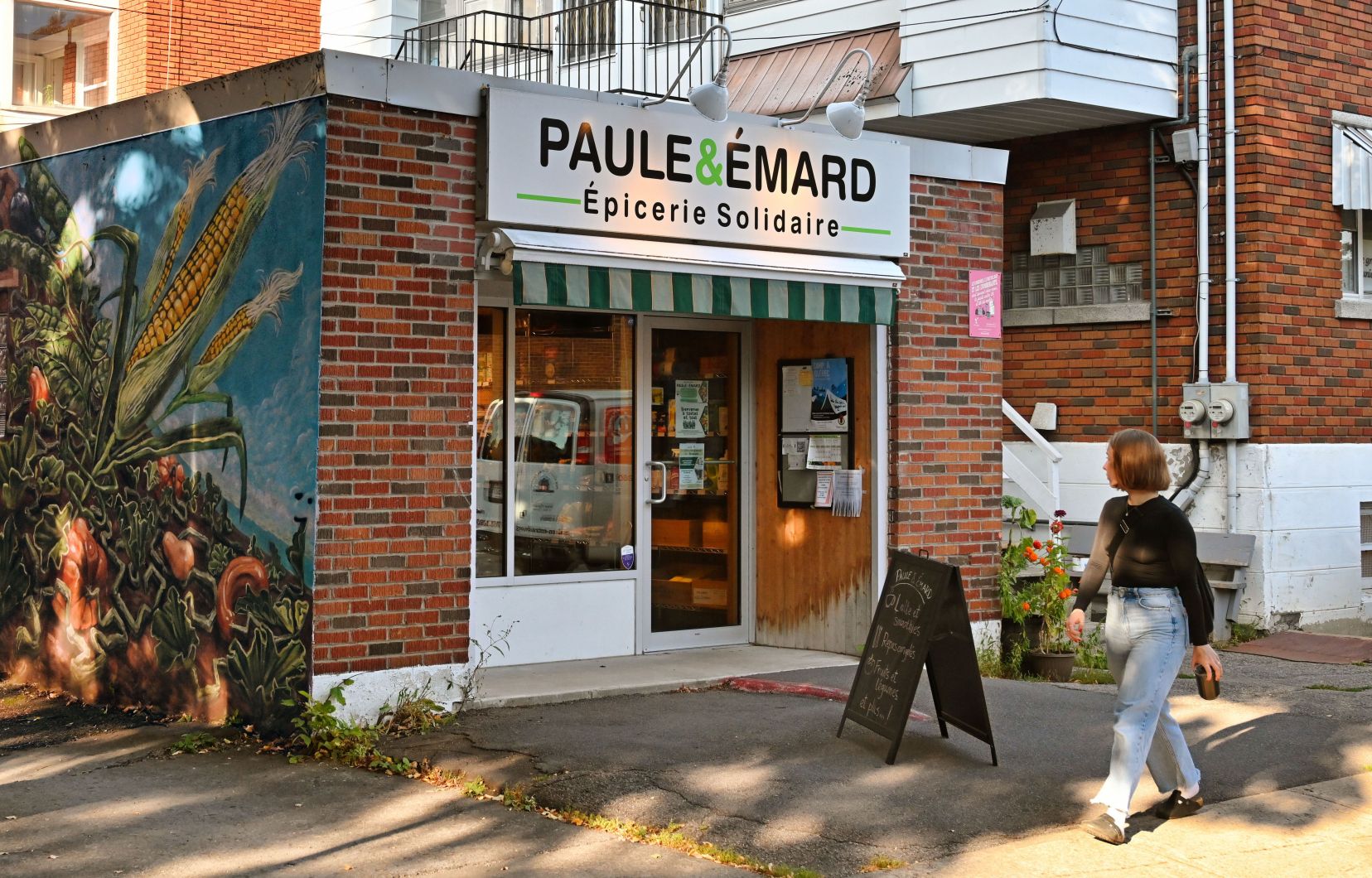Canada is in the midst of a housing crisis. The private sector has failed to address the high cost of housing, and many now recognize this as a market failure. That is why, in last year’s budget, the federal government committed to funding non-profit solutions such as housing co-ops.
We are also facing a crisis in the food supply chain. According to Statistics Canada, prices increased by 20% between 2020 and 2023, and 23% of the population is food insecure. Food insecurity is more prevalent among historically marginalized groups: 40% of Black populations and 37% of Indigenous populations are food insecure.
Reports from the Competition Bureau and a cross-party commission on agri-food have revealed that supermarkets have taken advantage of inflation and their dominant market share to engage in price gouging. predatory pricing, paying suppliers less and making consumers pay more.
In other words, this is another market failure.
In response to the crisis, the government has recommended inviting more multinationals into Canada, in addition to Walmart and Costco, in the hopes of lowering prices. However, there has been no mention of co-ops and other models of local, non-profit grocery stores.
Yet co-ops are popular in Canada: According to a 2019 Abacus Data survey, about one in three Canadians are members of a co-op. Another one in three are not members but could become members, given the appeal of the co-op model as a democratic and community-focused alternative. Interest in co-ops is shared by rural and urban residents, as well as Liberal, Conservative and NDP voters.
Co-ops are not only popular, they are also seen as more reliable, especially in times of inflation. In a recent Food Security Network webinar on inflation, economist Nicholas Li compared the North West Company, a food retailer that supplies many northern communities, to its main competitor, Arctic Co-op. He found that North West Company’s profits increased significantly between 2019 and 2023, as did other private retailers. Meanwhile, net margins and patronage dividends at Arctic Co-op Ltd, which serves member co-ops owned by individual communities, were flat or down.
As Jon Steinman, author of Grocery Story: The Promise of Food Co-ops in the Age of Grocery Giantscooperatives have a different structure than profit-maximizing retailers. Some cooperatives are technically for-profit, but the profits are then reinvested in the cooperatives or their members. This makes it difficult, if not impossible, to engage in price gouging.
Canadian history shows that co-ops keep people afloat in times of crisis. During the First World War, rural co-ops met the needs of the population by providing cheap food. During the Great Depression, surviving co-ops were funded by the federal government and, in turn, helped organize new co-ops. In the 1950s, Inuit co-ops made important contributions to social development and food sovereignty in communities affected by colonialism. However, in the 1990s, support for co-ops declined sharply as the government prioritized market solutions.
We can look to other models that aren’t co-ops for inspiration. In Quebec, grocery stores sell food at different prices, depending on what you can afford. Chicago is considering opening a city-run grocery store to fill food gaps in food deserts in racialized neighbourhoods. Public grocery stores already exist in the United States, particularly in isolated rural towns. As Susanna Redekop, co-founder of Freedom Dreams Co-operative Education, a cooperative development and education centre, describes, Indigenous, Black and migrant communities have a long history of organizing co-ops, loan programs, credit unions and land trusts to support each other in the face of racism and economic exclusion in Canada.
To thrive, these models need government support. Rather than attracting multinationals, the government should highlight the impact of co-ops and support their large-scale deployment. It could support campaigns like Your Way Together, an educational initiative for the development of co-ops in Indigenous communities. Loans could be provided through a federal program modeled on the Co-op Investment Plan in Quebec, the province with the largest number of co-ops. Non-profit grocery stores also need tailored support in areas where there is a “natural monopoly,” such as in northern cities where the North West Company is the only store. Finally, Black, Indigenous and migrant communities, which face the highest levels of food insecurity in the country, are innovating with co-op models that should be inspired and supported.
The numbers on soaring food prices and food insecurity are clear: we are facing a crisis. With climate change, the fragility of Canada’s food supply chain will only get worse.
We cannot rely on the private market to solve this problem. The government recently recognized this in the housing sector, allocating much-needed funding to non-profit housing and housing cooperatives. Now it must do the same in the food sector.
